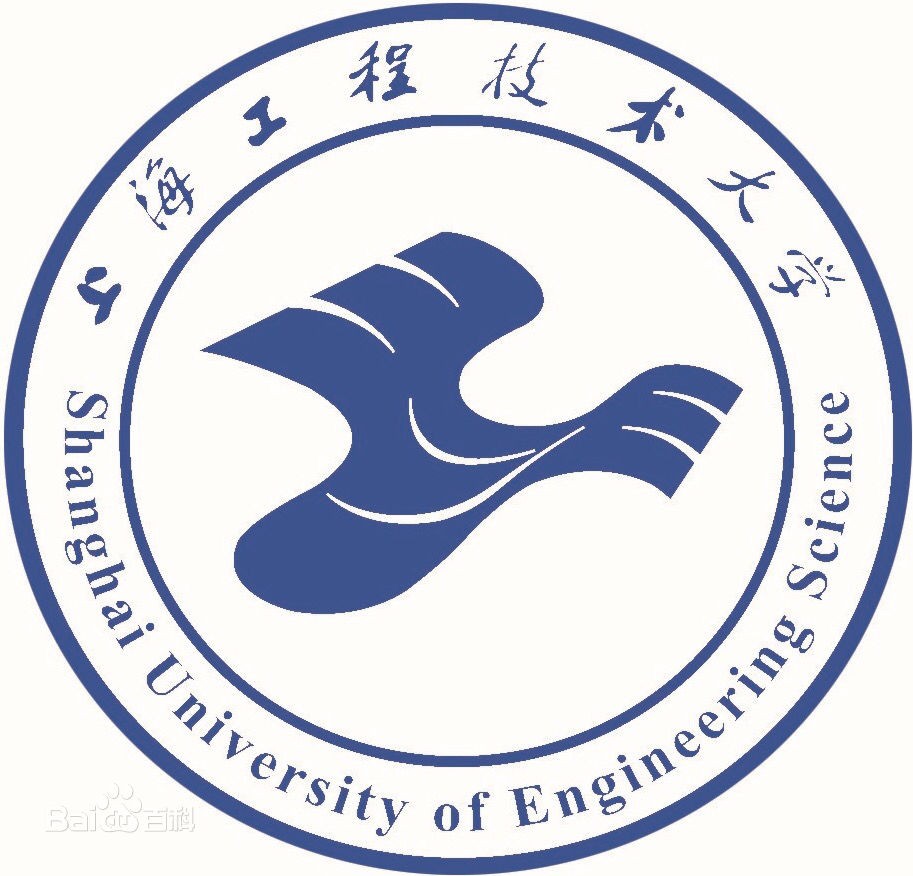[1] J. Yang, H. Ding, J. Wang, N. Yigit, J. Xu, G. Rupprechter, M. Zhang, Z. Li, Energy-Guided Shape Control Towards Highly Active CeO2, Topics in Catalysis, (2020). https://doi.org/10.1007/s11244-020-01357-1
Energy-guided Shape Control Towards Highly Active CeO2
Jingxia Yang1,2,3, Huihui Ding1, Jinjie Wang1, Nevzat Yigit3, Jingli Xu1, Günther Rupprechter3,
Min Zhang1*, Zhiquan Li2*
Abstract
The shape of nanosized CeO2, obtained via polyvinylpyrrolidone (PVP) micelles, was controlled by microwave (MW)-aided synthesis combined with different combinations of energy input/transfer, including ultrasound (US), ultraviolet (UV) and pressure (P). Whereas ceria nanoflakes resulted from standard solvothermal synthesis, CeO2 nanoparticles were obtained from MW, MW+US and MW+UV. New CeO2 “nanospindles” (with aspect ratio of 2) resulted from MW+US+UV, and nanorods (with aspect ratio of 11) emerged from MW+P. All ceria morphologies, even nanospindles and nanorods, were mesoporous agglomerates of small CeO2 nanocrystals (6-8 nm size), but they still exhibited different specific surface area (SSA) and Ce3+/Ce4+ ratio. Underlying reasons of how the different synthesis routes affect the ceria morphology are discussed. Among the six types, CeO2 nanorods (MW+P) exhibited the highest SSA (196 m2g-1) and the most surface defects (Ce3+: 26.4%), resulting in excellent catalytic performance in imine synthesis and CO oxidation.
Key words: Catalysts; CeO2; CO oxidation; imine synthesis; microwave-assisted synthesis; shape and morphology control


